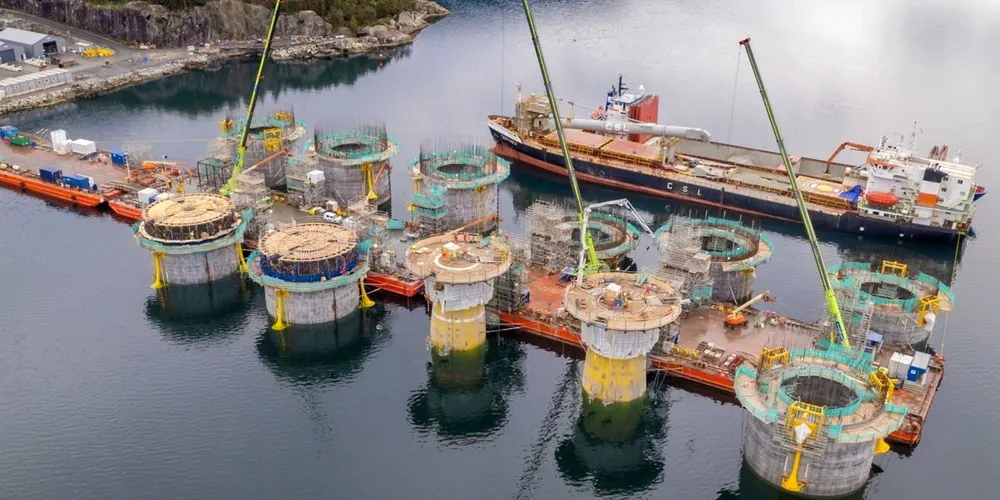'Maturing plans' | Norwegian oil giant Equinor flags gigascale Celtic Sea floating wind push
Pioneering developer wraps up deepwater site selection process in hotly anticipated UK offshore energy play ahead of first leasing round in 2023

Pioneering developer wraps up deepwater site selection process in hotly anticipated UK offshore energy play ahead of first leasing round in 2023
